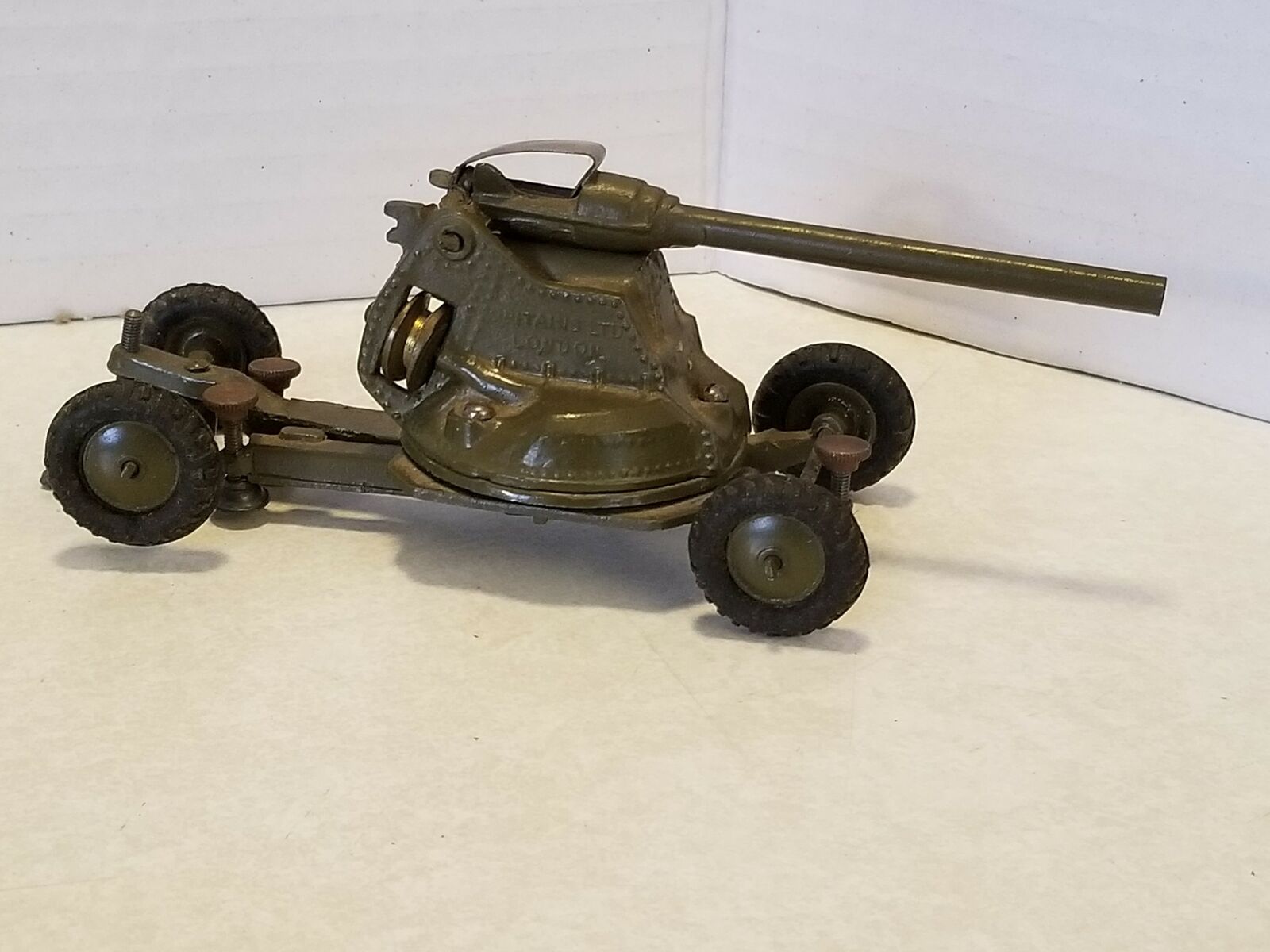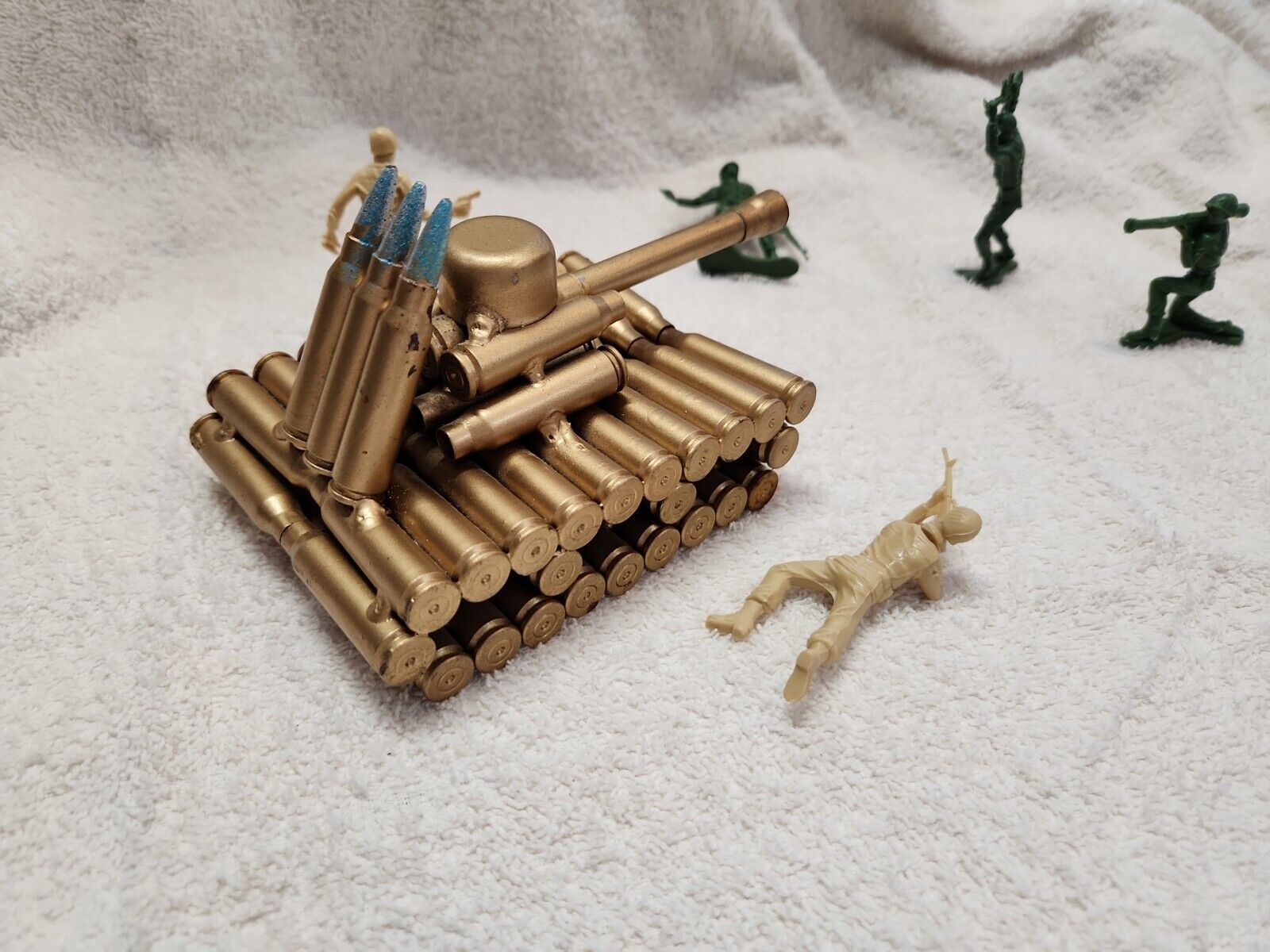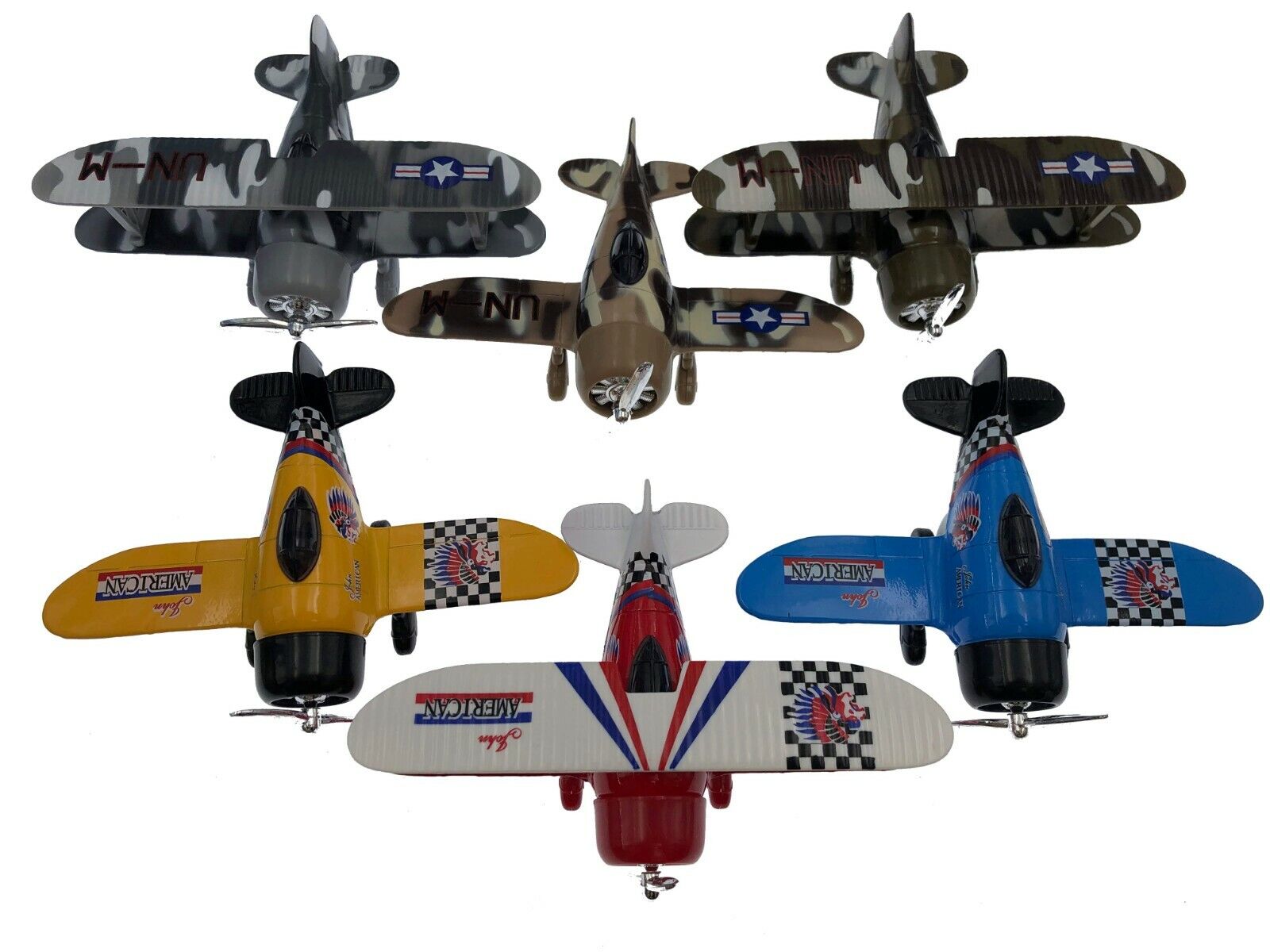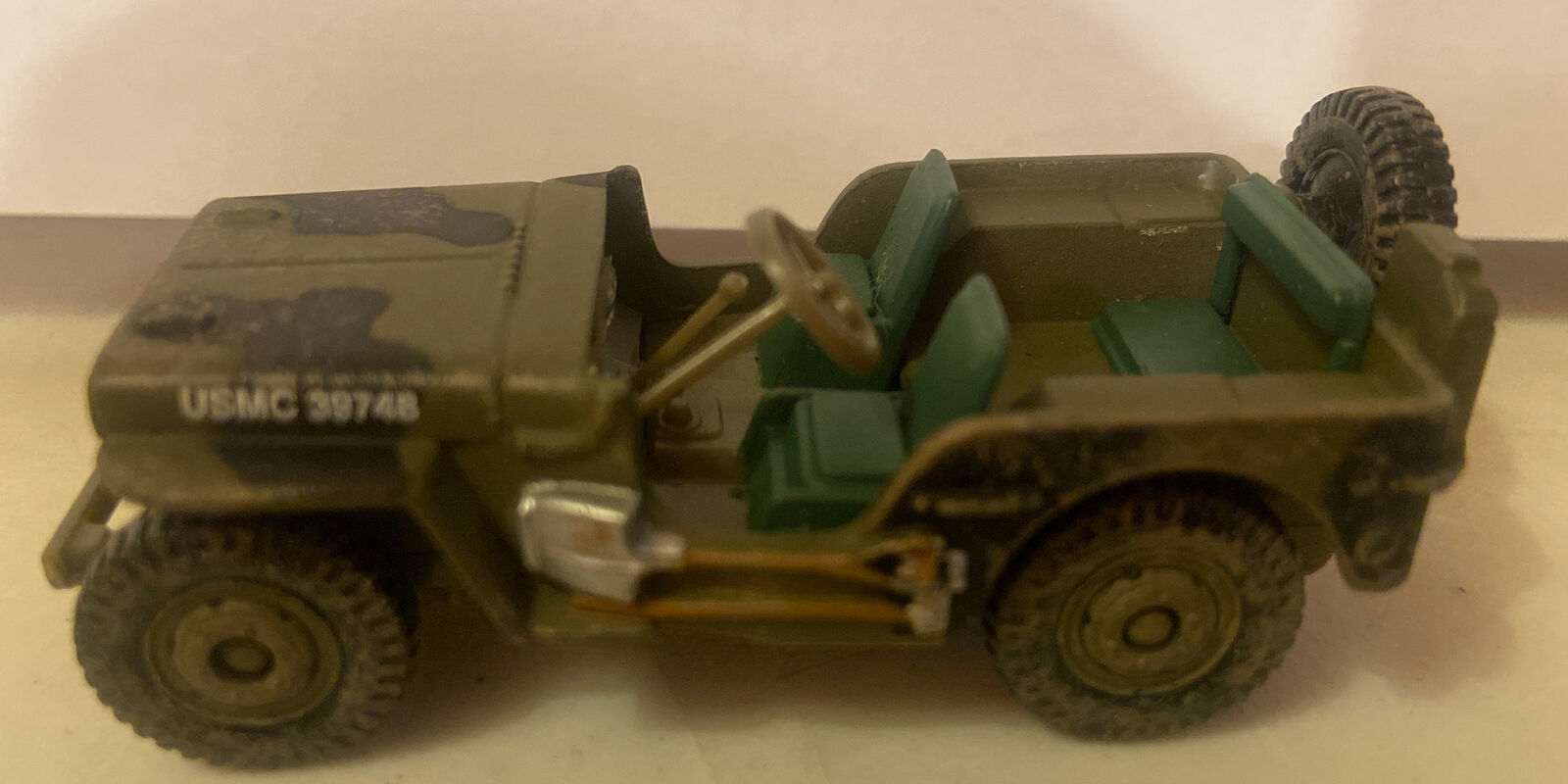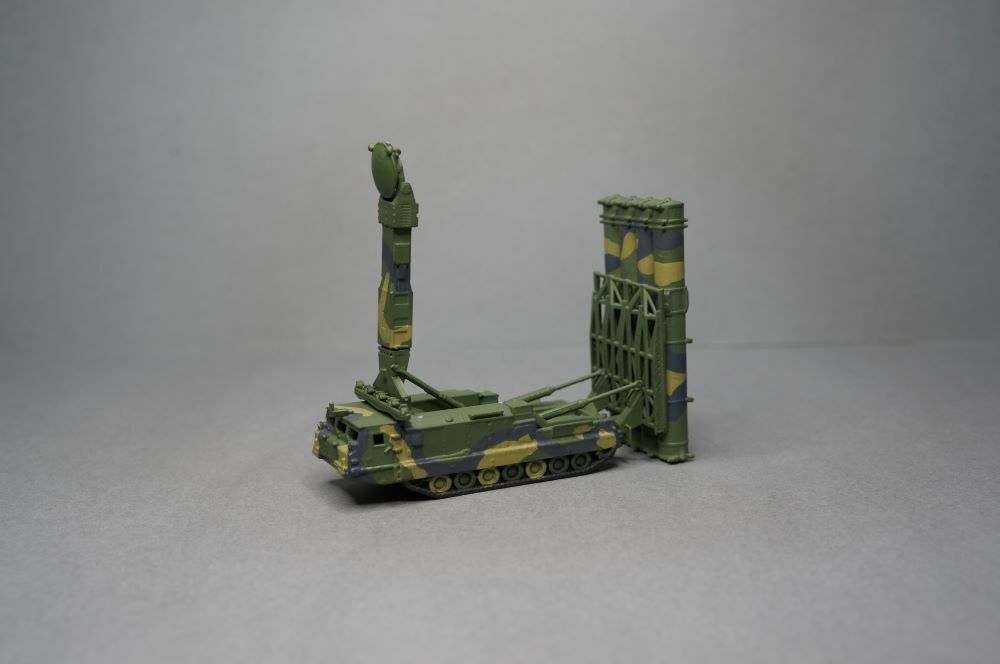-40%
PMA 1:72 German Karl-Gerat Super Heavy Self-Propelled 60cm Mortar ,"Thor" #P0328
$ 42.23
- Description
- Size Guide
Description
"We must do everything we can to promote anti-tank defense, and work just as hard to guarantee successful counter-attacks through the instrument of powerful tank forces of our own."- Major-General Heinz Guderian, "Achtung Panzer!"
In June 1937, the Waffenamt ordered a self-propelled version of the 60cm siege mortar to be built. General Karl Becker of the Artillery was heavily involved in its development, hence the sobriquet "Karl" used to describe it. The driving trials were held at Unterloss in May 1940, and delivery of six production vehicles occurred between November 1940 and August 1941. In February 1941, discussions were undertaken on ways to increase the weapon's range. In May 1942, 54cm barrels (Gerat 041) were ordered for the six production vehicles. At a conference with Hitler in March 1943, it was stated that the first 54cm Gerat 041 would be delivered by June 1943, a second in July, and a third by mid-August. The 60cm and 54cm barrels were designed to be interchangeable, based on the ammunition at hand and range of the target. In 1945, US forces captured vehicle No. II with a 60cm mortar, and vehicle No. V with a 54cm.
Pictured here is a 1:72 scale replica of a German Karl-Gerat super heavy self-propelled 60cm mortar called "Thor" that was attached to schwere Artillerie Abteilung 833, then used to reduce Sevastopol, Russia, during 1942. #P0328
Dimensions:
Width: 2-inches
Length: 6-inches
Features:
- Diecast construction
- Comes with two shells (One diecast and one plastic) plus ammunition casing
- Static tracks
- Movable parts that include a recoiling gun barrel and independent suspension
- Detailed throughout
- Accurate markings and insignia
Historical Account:
"Siege Warfare" - The Siege of Sevastopol also known as the Defence of Sevastopol or the Battle of Sevastopol (German: Schlacht um Sewastopol) was a military battle that took place on the Eastern Front of the Second World War. The campaign was fought by the Axis powers of Germany and Romania against the Soviet Union for control of Sevastopol, a port in the Crimea on the Black Sea. On June 22nd, 1941, the Axis invaded the Soviet Union during Operation Barbarossa. Axis land forces reached the Crimea in the autumn of 1941 and overran most of the area. The only objective not in Axis hands was Sevastopol. Several attempts were made to secure the city in October and November 1941. A major attack was planned for late November, but heavy rains delayed it until December 17th, 1941. Under the command of Erich von Manstein, Axis forces were unable to capture Sevastopol during this first operation. Soviet forces launched an amphibious landing on the Crimean peninsula at Kerch in December 1941 to relieve the siege and force the Axis to divert forces to defend their gains. The operation saved Sevastopol for the time being, but the bridgehead in the eastern Crimea was eliminated in May 1942.
After the failure of their first assault on Sevastopol, the Axis opted to conduct siege warfare until the middle of 1942, at which point they attacked the encircled Soviet forces by land, sea, and air. On June 2nd, 1942, the Axis began this operation, codenamed Storfang (Sturgeon Catch). The Soviet Red Army and Black Sea Fleet held out for weeks under intense Axis bombardment. The German Air Force (Luftwaffe) played a vital part in the siege, its 8th Air Corps bombing the besieged Soviet forces with impunity, flying 23,751 sorties and dropping 20,528 tons of bombs in June alone. The intensity of the German airstrikes was far beyond previous German bombing offensives against cities such as Warsaw, Rotterdam or London. At the end of the siege, there were only 11 undamaged buildings left in Sevastopol. The Luftwaffe sank or deterred most Soviet attempts to evacuate their troops by sea. The German 11th Army suppressed and destroyed the defenders by firing 46,750 tons of artillery ammunition on them during Storfang.
Finally, on July 4th, 1942, the remaining Soviet forces surrendered and the Germans seized the port. The Soviet Separate Coastal Army was annihilated, with 118,000 men killed, wounded or captured in the final assault and 200,481 casualties in the siege as a whole for both it and the Soviet Black Sea Fleet. Axis losses in Storfang amounted to 35,866 men, of whom 27,412 were German and 8,454 Romanian. With the Soviet forces neutralized, the Axis refocused their attention on the major summer campaign of that year, Case Blue and the advance to the Caucasus oilfields.
Please note: We happily combine multiple sales into one order to reduce shipping charges. Please contact us first to determine the cost of shipping before proceeding to final checkout so we can clarify the procedure with you.





